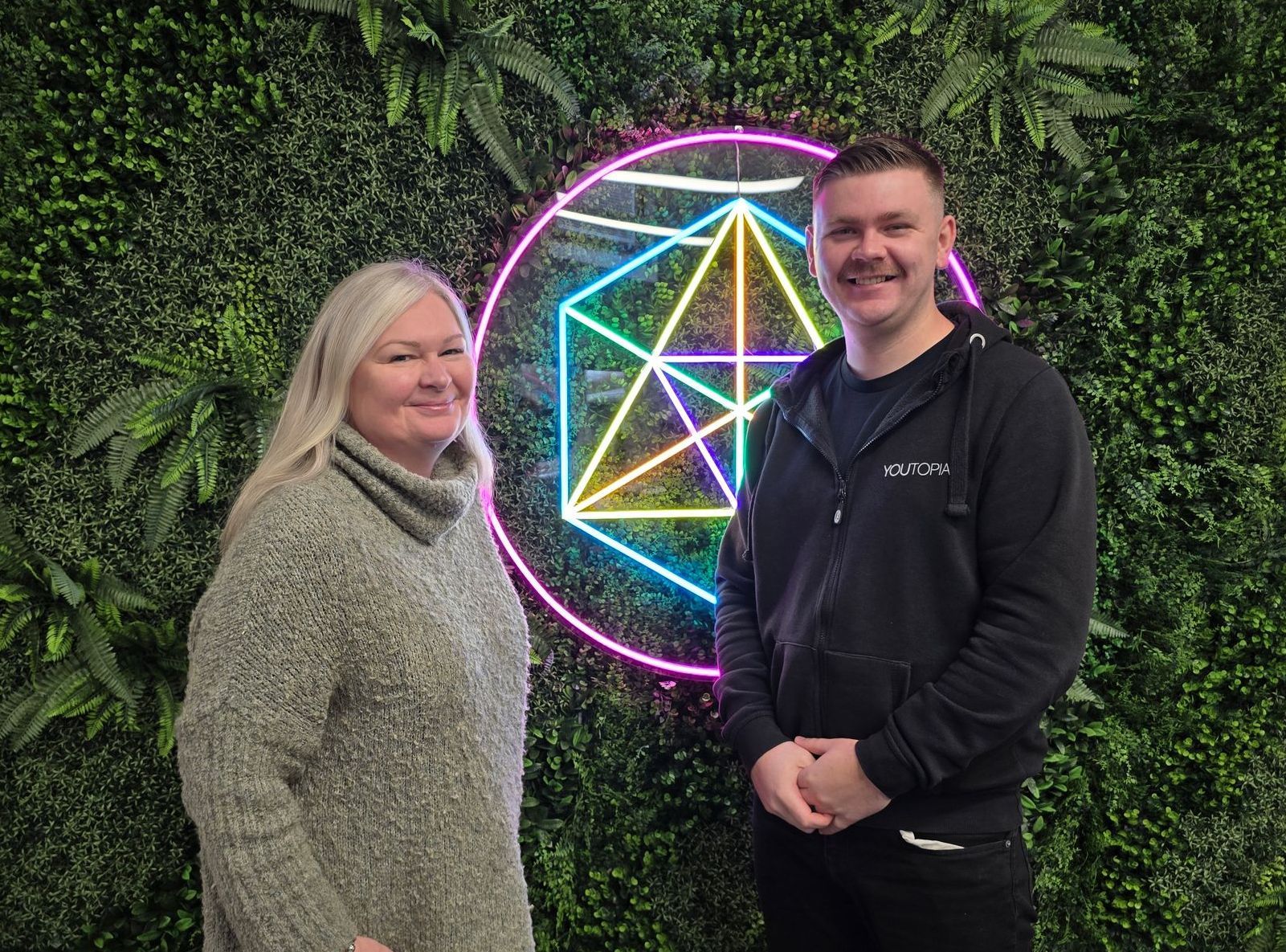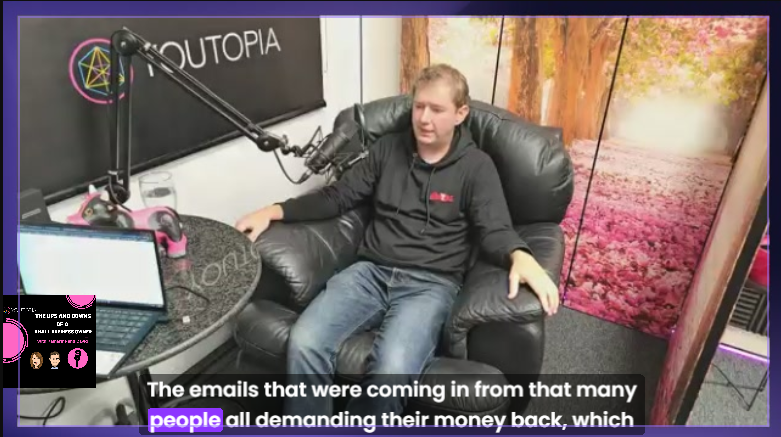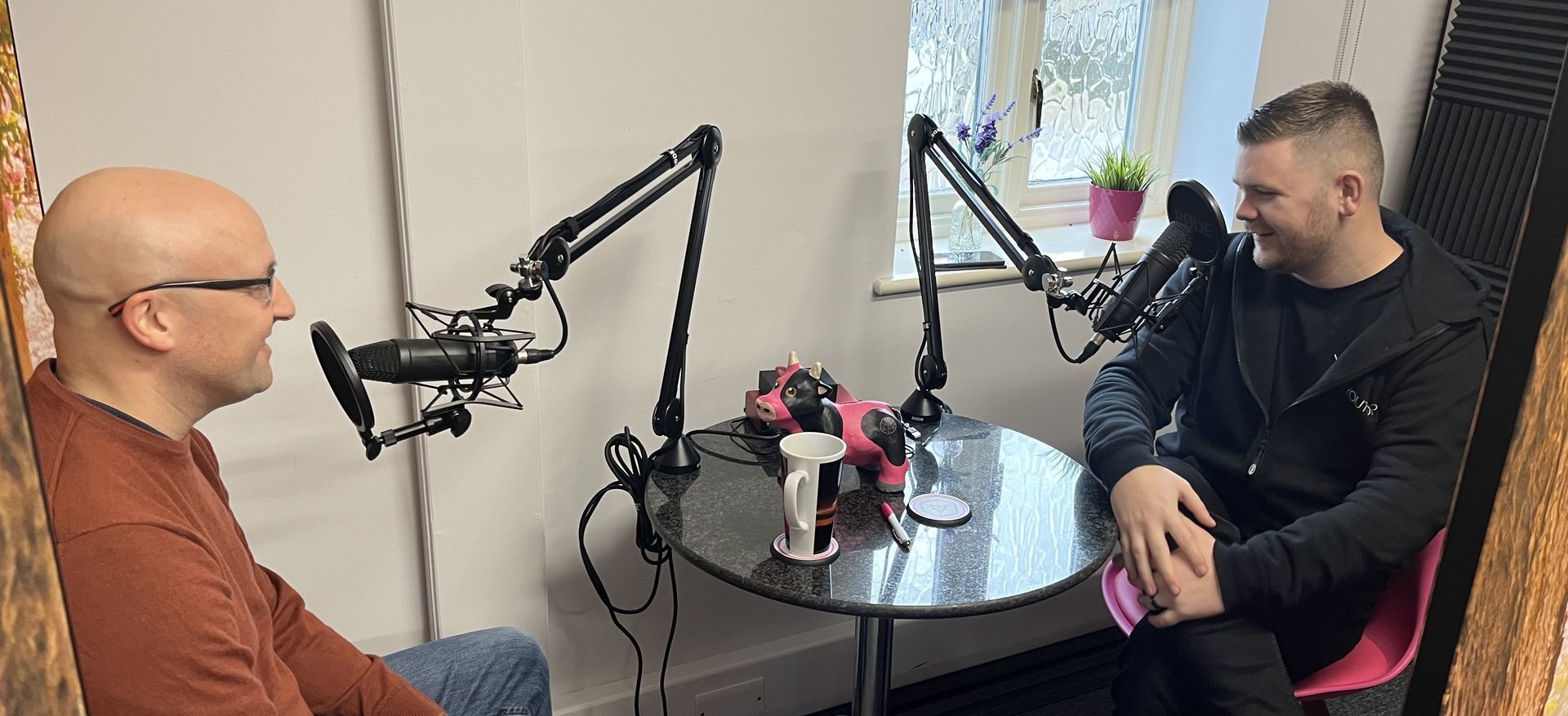Food Blogging Unwrapped: A Tasty Insight into the Culinary World
Making a career out of a passion - see Sophie Neal find her passion in food, creating a blog army that chomp at the bit for her content

Are you a foodie that wants to make a difference? Are you interested in learning about how to get involved in the food industry? Sophie Neal has been a local celebrity, content creator, small business cheerleader and total foodie for over ten years. In this article, Sophie will show you how she has used her blog and her Facebook group to help the local food and drink scene in Milton Keynes, as well as how she has been shortlisted for the Blogosphere Awards. She will discuss how she has become a go-to person for anything food locally, and how she creates content for social media, despite the challenges of being in the public eye. Discover what Sophie Neal has to offer and learn how to make a difference in the world of food and blogging!
Sophie Neal is a local celebrity and content creator in Milton Keynes. She is the founder of Sophie etc, a blog she started in 2012 to write about fashion and beauty. After attending university and discovering the amazing independent food and drink scene in Birmingham, Sophie found her passion and focused her blog on the food and drink scene in Milton Keynes. She has since become a popular name in the area, being a go-to resource for local food and leading the charge in the explosion of street food vendors in the area. Sophie is a true foodie, who loves to explore new places and share her findings with the community.
Here are the steps you need to follow to also get success, growth, and freedom:
1. Start blogging and creating content online
2. Develop an interest in the local food and drink scene
3. Utilize social media platforms to promote businesses and build relationships
4. Establish a network of contacts who can be potential clients
5. Take the leap and go part-time in order to focus on building a business
6. Remain focused and passionate about the work and continue to strive for success.
1. Start blogging and creating content online
To start blogging and creating content online, the first step is to create a website. This can be done using a platform such as BlogSpot, WordPress, or Squarespace. Once the website is created, the next step is to choose what type of content to create. This might include writing about fashion, makeup, lifestyle, food, or any other topic of interest. When creating content, it is important to establish a unique voice and style. This can be done by researching other content creators, and finding out what type of topics they cover and how they format their posts. Once the content has been created and published, it is important to promote it across social media channels to reach a larger audience. Lastly, it is important to keep up with the latest trends in the industry and to create content that is relevant and engaging. With the right strategy, it is possible to establish a successful blog and content creation business.
2. Develop an interest in the local food and drink scene
Developing an interest in the local food and drink scene is a great way to get to know the community and find out what Milton Keynes has to offer. One way to do this is to take advantage of the local resources available, such as Sophie etc, a blog started by a local celebrity in 2012. This blog has been a great resource for exploring the local scene and discovering new places to eat. Joining the local Facebook group is also a great way to stay connected to the local food and drink scene. The group has grown to over 15,000 members and is a great place to find new places to eat and drink. It is also a great way to discover independent businesses that you may not have heard of before. Finally, attending food and drink events like Each Street is also a great way to get to know the local scene and find out what Milton Keynes has to offer. These events are also a great way to meet people and make connections with other foodies in the area.
3. Utilize social media platforms to promote businesses and build relationships
Utilize social media platforms to promote businesses and build relationships: Social media platforms are a great tool for promoting businesses and building relationships. It is important to understand the importance of creating content that is engaging and relevant to your target audience. Having an understanding of who your target audience is and what kind of content they are likely to engage with is key. Once you have that understanding, you can create content that is tailored to them, increasing the chances of them engaging with your posts. It is also important to utilize a variety of platforms, such as Facebook, Instagram, Twitter, YouTube, etc. Each platform is unique and thus requires different types of content. For example, Twitter is great for short, snappy posts, while Instagram and YouTube are great for longer, more engaging content such as videos and stories. Utilizing all of these platforms will help you reach a larger audience, and ensure that your content is seen by the right people. Finally, it is important to build relationships with your followers. This can be done through responding to comments and messages, as well as engaging with other similar accounts. This will help to increase your visibility and create an engaged community around your business. Building relationships with your followers is key to maintaining a successful presence on social media.
4. Establish a network of contacts who can be potential clients
Step 4 is to establish a network of contacts who can be potential clients. The first step in doing this is to identify who would make a good client. Identify people or businesses in the same industry as you, or who would be interested in your work. Once you have identified potential contacts, reach out to them with an introduction. Talk about your experience, your background, and the services that you offer. It's also important to talk to your existing contacts - those who are already familiar with your work - to see if they have any contacts in need of your services. You can also reach out to other bloggers, influencers, and industry professionals to see if they have any contacts you can connect with. Finally, use social media to advertise your services and reach out to potential clients. Make sure to include a link to your website, portfolio, or social media accounts so they can get a better idea of what you can offer. Utilize hashtags and location tags to target potential contacts in your area, and join industry-specific Facebook or LinkedIn groups to connect with potential clients.
5. Take the leap and go part-time in order to focus on building a business
Taking the leap and going part-time in order to focus on building a business is a big step but can be extremely rewarding. The first step is to speak to your current employer and ask if you can transition to a part-time role. This can be a great way to ease into the transition, as you will still have a steady income while you get your business off the ground. After that, research the best ways to reach out to potential clients and get your name out there. Investing in some online courses or networking with other social media managers can help you gain a better understanding of the industry. Lastly, write an email to potential clients to let them know about your services and why you would be a great fit for them. Taking the leap and going part-time to pursue your business dreams is a big decision but can be incredibly rewarding and exciting.
6. Remain focused and passionate about the work and continue to strive for success.
Remaining focused and passionate about the work is essential to achieving success. It's important to keep in mind why the work is being done, and to stay motivated and focused on achieving the desired outcome. It's also important to stay passionate about the work and to remember that it is a passion project, not just a job. This will help to keep the enthusiasm and motivation alive and to continue striving for success. To stay on track and focused, it is important to set clear goals and objectives and to break them down into achievable chunks that can be worked on one at a time. Regular reviews and check-ins will help ensure that progress is being made and that the goals are being met. Finally, it is important to remember to take breaks, practice self-care, and surround yourself with positive energy and people that will support your journey.
Sophie Neal is a great example of how anyone can make a difference in the food and drink industry. Through her blog, Sophie etc, she has become a local celebrity, content creator, small business cheerleader and total foodie. She has used her blog and her Facebook group to help the local food and drink scene in Milton Keynes, and she has even been shortlisted for the Blogosphere Awards. Her story is an inspiration to anyone who wants to make a difference in the world of food and blogging. With the right strategy and dedication, it is possible to become a successful content creator and make a difference in the food industry. So take a page out of Sophie Neal’s book and go out and make a difference!









